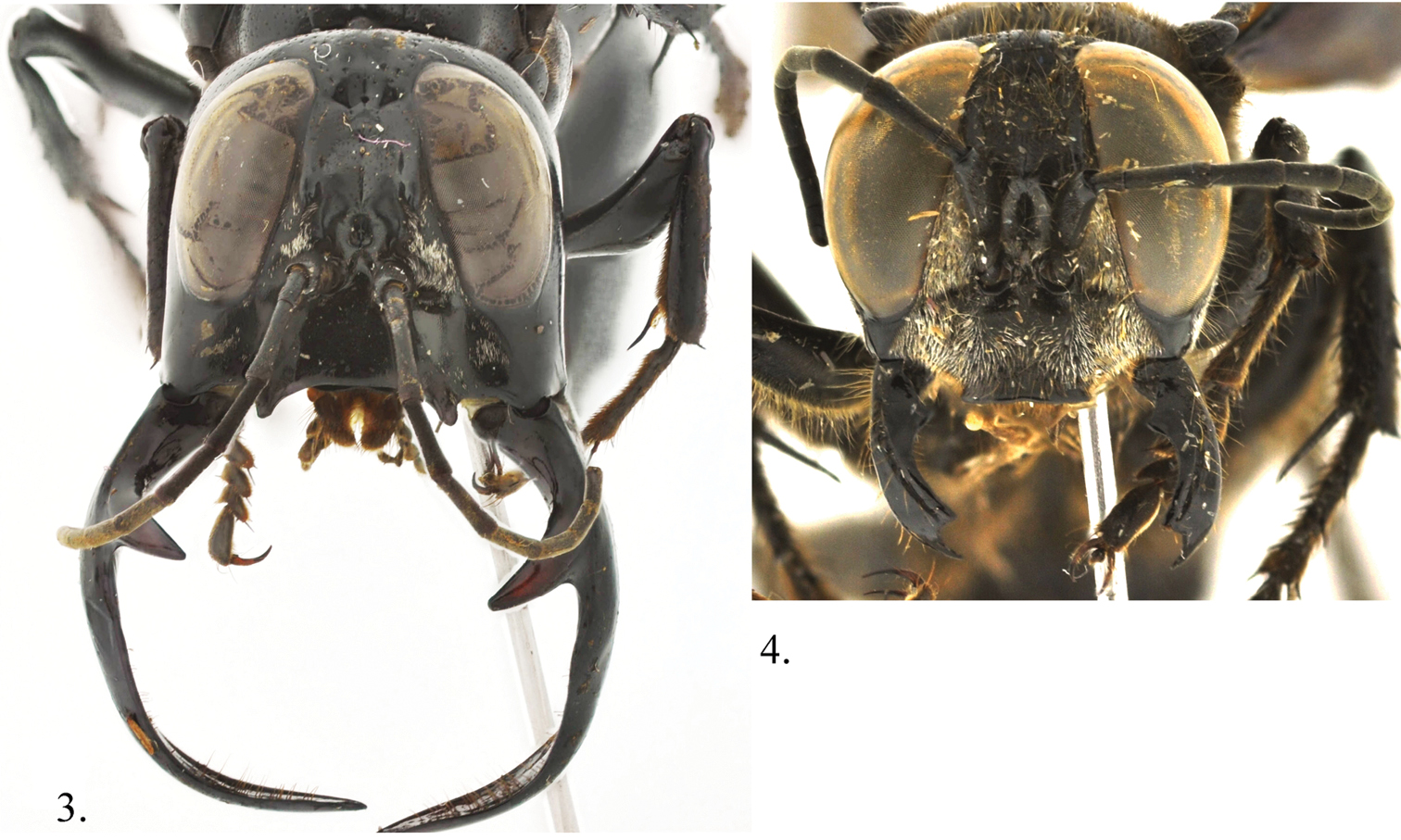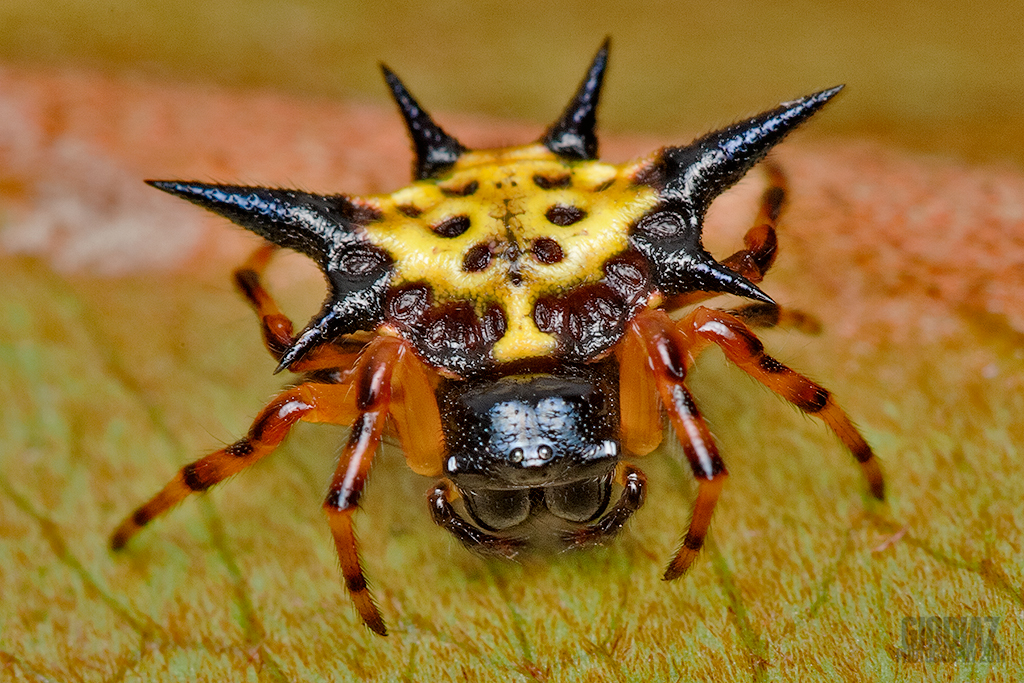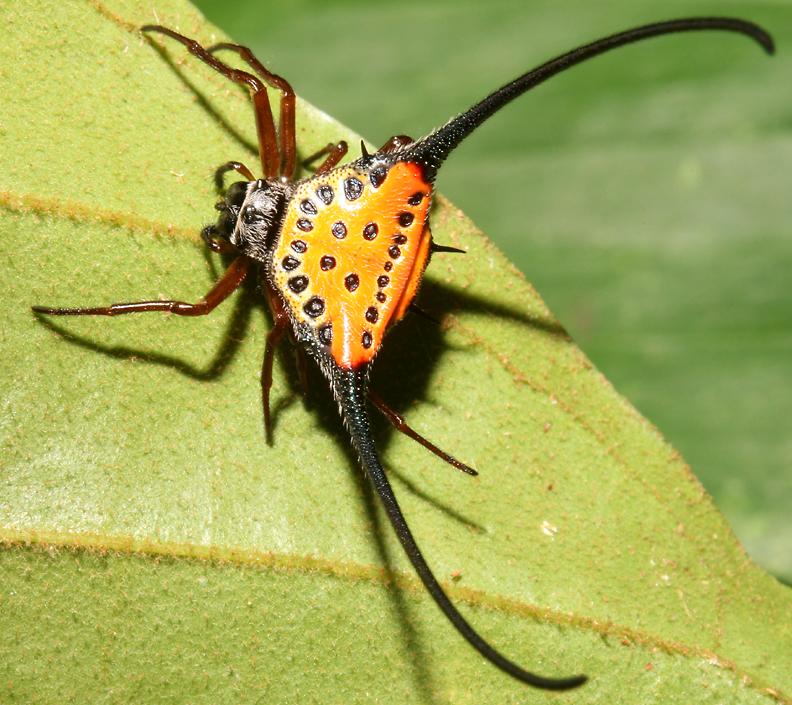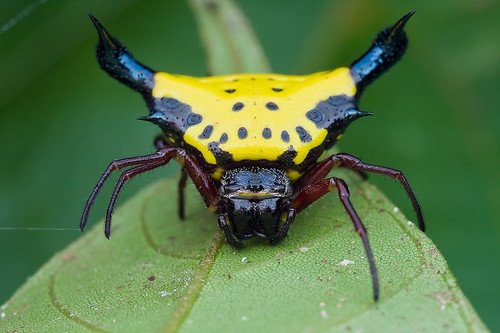Week 12 - Nanosuit Design (Final Report)
Considering the nature of my choice of research task, the final task had been modified from las weeks goal, which was to create a smaller version of the creature. It had instead been changed to the creation of an armored sci-fi character, in which the armor would be influenced by the musculature anatomy of the human body.
The reasoning behind the change is that the smaller creature would not involve as much anatomy practice as a human character, and by creating a human character I would be combining Final Project with Independant Study, which meant that I could have more time to polish one project rather than work on multiple projects of lesser quality.
Throughout the past twelve weeks I have been continually building up my skill in anatomy and character design to this final point in which I have designed a full high quality character.
The pipeline for the character is as follows
- Sculpted in ZBrush,
- Retopologizing in 3ds max
- UV Mapped in ZBrush and Photoshop
- Textured in ZBrush, exported to dDo, touched up with Photoshop,
- Normal Maps exported with ZBrush
- Rendered in Maya 2014
The final results can be seen below:
Click on Images for Larger Size
---Click and Drag the above turntable---
Throughout the Independent Study Project, I have learned numerous valuable skills that have helped me in the field of character design. Due to the nature of these skills, I will be listing them in a per-project format as each project was tailored learning specific knowledge and therefore specific skills were learned during each project.
Sculpting the Human Anatomy (Male & Female Ecorche Models)
The main area of skill that was increased during this project was the ability to understand the human form. By using Scott Spencer's Digital Sculpting the Human Anatomy book as reference, I was able to go through the form and purpose of each individual muscle group and learn it from the ground up.
By learning the shape of each muscle, it has also helped me improve in the rigging and animating areas of 3d art. Topology should heavily rely on the musculature anatomy of the character, so bettering my knowledge in anatomy has helped me improve the skill of retopology for animation purposes. This has especially helped me around the shoulder area, as the character I created last trimester had topology issues around this area.
Furthermore, I learned correct human proportions, Fat storage locations, genetic predispositions and the differences between male and female anatomy.
Sculpting Lion Anatomy
This project was a much smaller task, so I focused on primarily on speed sculpting, and learning the basics of quadrupedal creature anatomy. Rather than sculpting both Lion and Horse, I decided to stick with just the lion due to the great similarities between each anatomy.
The creature design was a great way to combine all the anatomy knowledge and sculpting skill that I gained during the previous projects. I learned some great creature design methods from Rodrigo Vega (http://iririv.deviantart.com/art/Tutorial-on-creature-design-110577241) and exercised them by combining certain animals to create a new one. In this case it was that of a shark, hermit crab, and a fish.
The final character was a result of countless hours of sculpting, texturing and retopologizing. During the process of the character design, I have learned many things about texturing. I learned about specific brushes in ZBrush that were tailored to painting between mechanical parts. I learned how to properly automate texturing in dDo. I learned how to apply materials in Maya, and specific methods of hard surface sculpting in ZBrush.
The project took exactly 50 hours of work, and I still plan on improving it for final project.
I am very happy with the amount of sculpting and texturing skill I have developed. You can see the amount of progress when I compare the last character I developed (for ANI203)
The above character was mostly designed in 3d Studio Max. I sculpted the entirety of my final character in ZBrush this time, and I have found it is a huge time saver. Despite spending about the same amount of time on both my previous characters, the final character is far more improved.
In conclusion, I believe that this trimester's independent study unit was extremely valuable to my career; more so than most units I have completed at Qantm. I am very happy with the amount of anatomy knowledge I have learned, and I look forward to applying it to future characters I design in the industry.

































